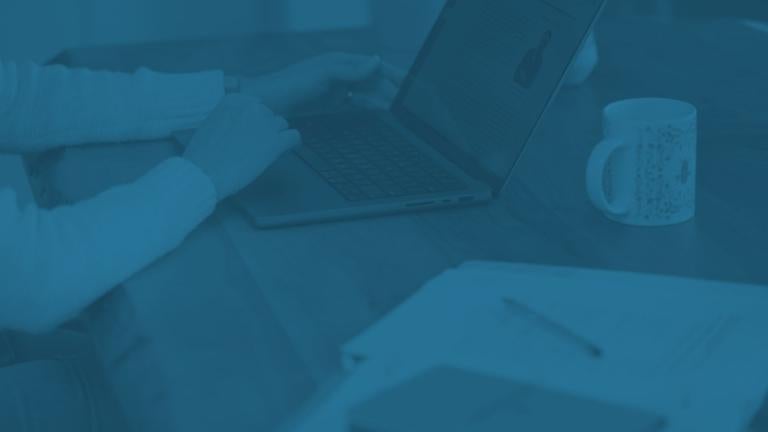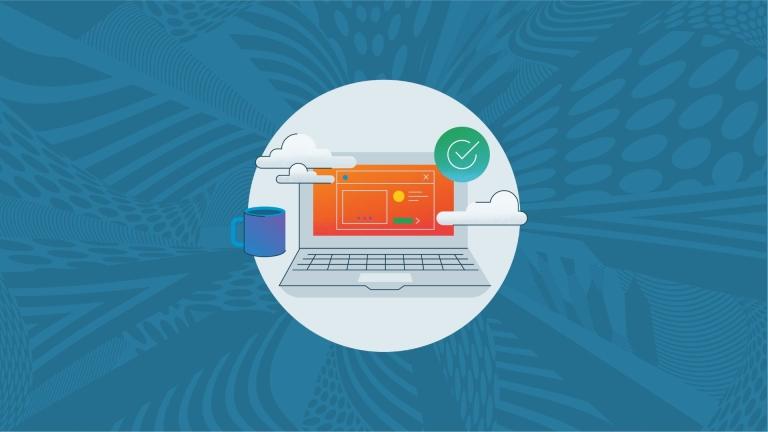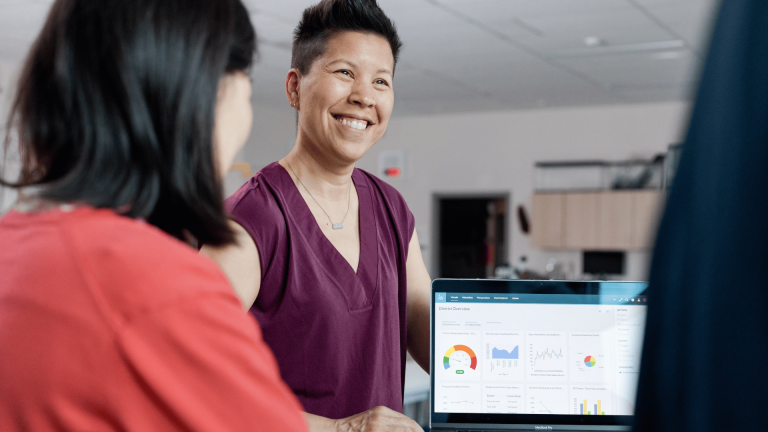
Imagine turning your daily routine into a path of continuous growth and discovery. In today’s fast-paced world, lifelong learning is more crucial than ever. The 2024 LinkedIn Workplace Learning Report reveals that eight out of ten people feel learning boosts their sense of purpose at work, benefitting both their personal satisfaction and their company. But how can you weave learning into your busy schedule?
Here’s seven straightforward steps to make lifelong learning a natural part of your routine. Whether you want to sharpen your professional skills or dive into new personal interests, these tips will help you stay on track and make learning a consistent and enjoyable part of your life.
-
Set Clear Learning Goals
Start by deciding what you want to achieve. Do you want to master a new skill, deepen your knowledge in a specific area, or explore something entirely new? Clear goals will help you stay focused and motivated. For example, you might aim to complete a course on a new software tool by the end of the month or read a book related to your field every few weeks. These goals can evolve over time, so don’t be hesitant to revisit and tweak your goals as needed.
-
Know Your Learning Style
Everyone learns differently. Do you prefer visual aids, audio content, or hands-on experience? Take a moment to reflect on how you learn best. If you’re a visual learner, try using videos and infographics. If you’re an auditory learner, podcasts and audiobooks might be your thing. Understanding your style helps you choose the right resources for a more effective learning experience.
-
Build a Varied Learning Portfolio
Mix up your learning methods to keep things interesting. Consider including:
- Online courses and webinars: Check out platforms like Coursera or Udemy.
- Podcasts and audiobooks: Great for learning on the go.
- Industry publications: Stay updated with the latest trends.
- Networking events and conferences: Learn and connect with others in your field.
- Mentorship programs: Gain insights from experienced professionals.
- Hands-on projects: Apply what you’ve learned in real-world scenarios.
By using different learning channels, you’ll keep your routine engaging and effective.
-
Stick to a Learning Schedule
Consistency is key. Set aside specific times for learning, whether it’s 30 minutes daily or a few hours weekly. Make it part of your regular routine by blocking out time on your calendar. You could choose to learn first thing in the morning or in the evening after work.
-
Try Microlearning
Finding large chunks of time for learning can be tough. Microlearning breaks your goals into small, manageable segments. Listen to a 10-minute podcast during your commute, read an article while waiting for a meeting, or watch a short tutorial over lunch. These small doses of learning can really add up.
-
Put Learning into Practice
Knowledge sticks better when you use it. Look for ways to apply what you’ve learned in your work or personal projects. For instance, if you’ve picked up a new project management technique, try it out on a current project. Keeping a learning journal can help you track your progress and brainstorm ways to apply new skills. Sharing your knowledge with colleagues or mentoring others can also reinforce what you’ve learned.
-
Track Your Progress and Celebrate
Keep an eye on your progress to stay motivated. Use a simple spreadsheet or a learning management tool to log your activities and achievements. Set milestones and celebrate when you hit them. Finished a challenging course? Mastered a new skill? Take a moment to appreciate your hard work and reward yourself.
Investing in lifelong learning is a smart move that pays off in both your personal and professional life. It keeps you flexible, boosts your problem-solving skills, and opens up new opportunities. Remember, learning is a journey, not a destination. Be patient with yourself, adjust as needed, and most importantly, enjoy the ride!
Related Content
 Teaching-With-Tech-10-Benefits.jpg
Teaching-With-Tech-10-Benefits.jpgBlogs
 roi-lms-business.jpg
roi-lms-business.jpgBlogs
 blogs_10.png
blogs_10.pngBlogs
